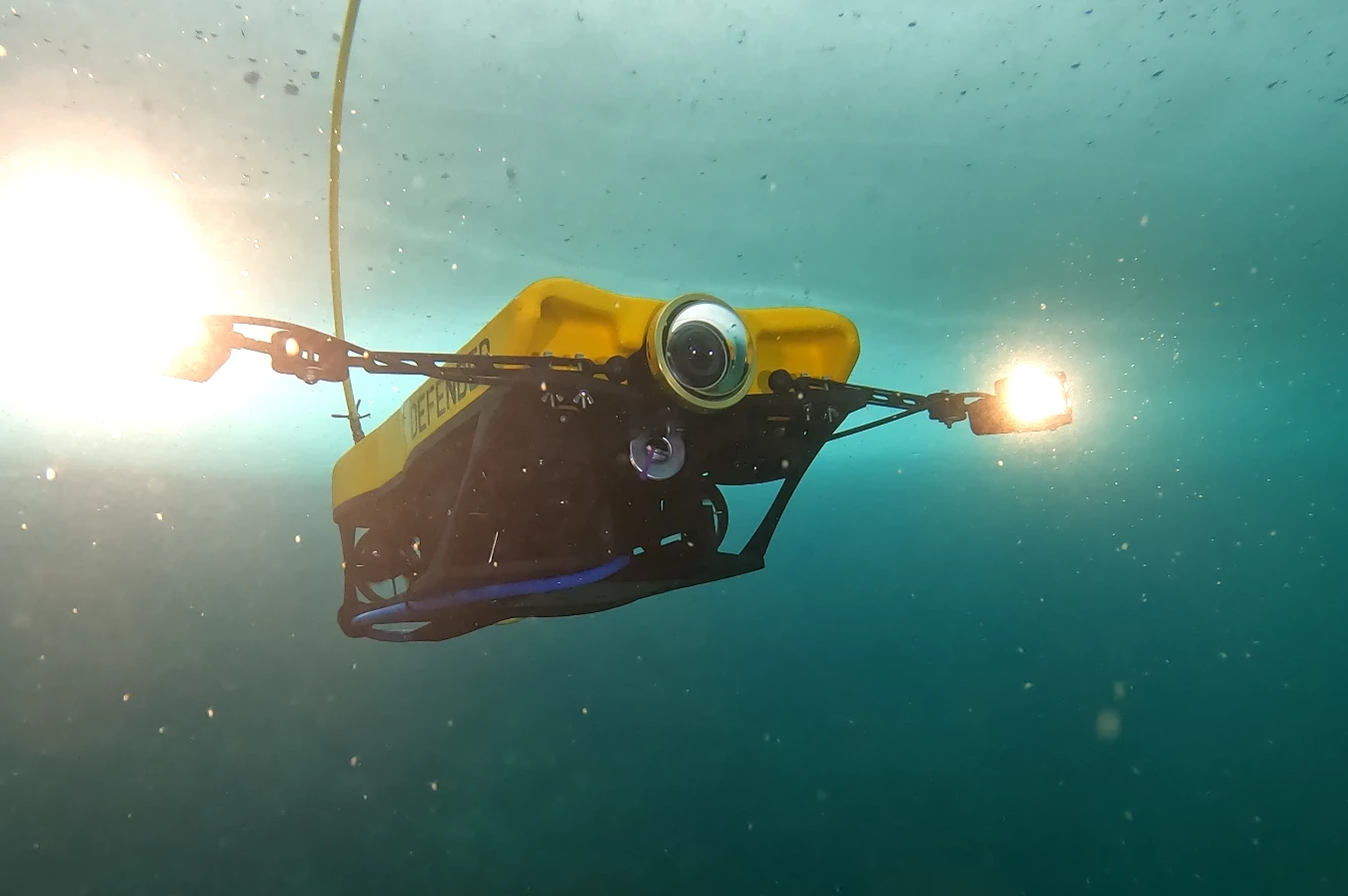
How emerging technology is transforming our understanding of the ocean floor
By Simon Patridge, Chairman of Covelya Group
Our oceans feed millions of people and critically moderate the atmosphere and hence hold the key to climate change. Understanding them on a finer spatial and temporal scale is therefore critical to the Earth’s future.
The depths of the oceans are survivable for no more than a few hours and only then in the strongest of machines; with as much as 11km of water overhead, only a handful of humans have ever ventured there. However now, with advances in acoustic and optical communications, edge computing, artificial intelligence, and underwater drones, we have new capabilities available for safe and effective exploration.
Advancements in technology
We need to gather so much more data from the depths to get a better understanding of it, including a range of physical, chemical, and biological factors: currents; sediment load; salinity; fluorescence; nitrates and other nutrients; temperature; biomass and more. New advancements in technology are helping us to achieve this such as:
- Optical communications: The ability to add high speed optical communications to subsea devices, allows us to retrieve vast quantities of recorded sensor data, with acoustic communications providing long range, over-the-horizon control, and transfer of small quantities of data in near real-time.
- Edge computing: we now have the capabilities to provide subsea devices with spare computing capacity which can be switched off when not in use to conserve energy. Edge computing can then be used to analyse large quantities of data in-situ and provide pertinent summary information which is small enough to transit by lower bandwidth acoustic communications.
- Drone technology: unmanned vessels, or drones, are more advanced than ever before and – coupled with cutting-edge technological capabilities, can achieve far more underwater. Using less energy than previously achieved, and with more streamlined activity that conserves battery life, drones can now capture more data and cover a wider area.
Fixed instrumentation that’s changing lives
Fixed instrumentation enables ocean analysts to collect data and, with reliable acoustic communications, have it communicated back to the surface in real time. When put into application, these advancements have brought about huge tangible benefits for humanity:
- Tsunami warnings: After the catastrophic 2004 tsunami hit Indonesia, Sonardyne, one of the Covelya Group companies, got to work on modifying existing underwater surveying products to provide early tsunami warnings. Any event that the device detects, triggers the device to send a message to a control room on land from which warnings can be sent to coastal communities, advising people to take critical precautions.
- Earthquake predictions: Another example of where fixed instruments are being used is to help better understand how tectonic plates move relative to each other underwater, which could ultimately help predict major earthquakes. Monitoring their movement over time requires phenomenal precision, as shifts can be only a few centimetres over many years.
- Discovery of historical artefacts: Covelya Group companies, EIVA and Voyis, provide software and equipment for subsea imaging surveys and underwater archaeology projects too. Recently, Sir Ernest Shackleton’s ship, Endurance, was found by a semi-autonomous underwater vehicle in very deep waters in Antarctica, with Voyis cameras used to capture every available detail of the vessel.
- Climate impact: Similar devices using the same techniques are being deployed to measure factors relating to climate change, such as carbon sequestration. Chelsea Technologies’ STAF (Single Turnover Active Fluorometry) technology measures phytoplankton photosynthesis in the ocean, which is at the very start of life cycles in the ocean.
Interconnectedness
Interconnectedness is key to the future of communications, particularly for defence applications; connecting groups of drones that need to share data, navigate, and communicate with one another. Also key are further improvements in energy consumption, and battery life, and further progression in edge computing will almost certainly be on the horizon.
While human exploration is fraught with dangers and challenges, emerging technology is rapidly changing the way scientists can study the ocean. Remote distributed sensing, processing, communications, underwater drones, and mobile and static seabed devices are all giving us an opportunity — sometimes for the first time — to look up close and personal at what really lies beneath.
Recent news and insights
Covelya Group Announces CFO Transition
Leading marine technology company Covelya Group announced today that Martin Davey, the group’s Chief Financial Officer (CFO), will be relinquishing the role in 2025. Martin will continue to serve as Covelya’s CFO through to the end of 2024 and then take on the role of...
Demystifying the Deep Sea: Lighting Up the Ocean’s Darkest Corners
In this feature Luke Richardson, VP of Sales & Marketing for Voyis, a Covelya Group company, explores the innovative platforms and technologies that are enhancing deep water exploration to better understand the ocean’s deepest and most mysterious regions. In a...
End of year reflections from Stephen Fasham, CEO, Covelya Group
As we close off another year, we look back and take stock of events and developments. We’ve had a fantastic year with new product launches, new ways of working and improved collaboration across our companies. Innovation still at our core This year, we saw the launch...
Subsea IoT: transforming naval communications
By Simon Partridge, Chairman of Covelya Group With the ocean covering two thirds of the earth’s surface, it’s crucial that we develop technology for naval defences to be able to function across this significant part of our world. Communication is critical For any...
Navigating the next wave of oceanic evolution: how disruptive tech is steering the future
Oceans are home to abundant life, and for us, they open the door to a world full of vital resources and untapped potential. Making the most of these opportunities without negatively impacting ocean sustainability requires rapid technological innovation at this new...
